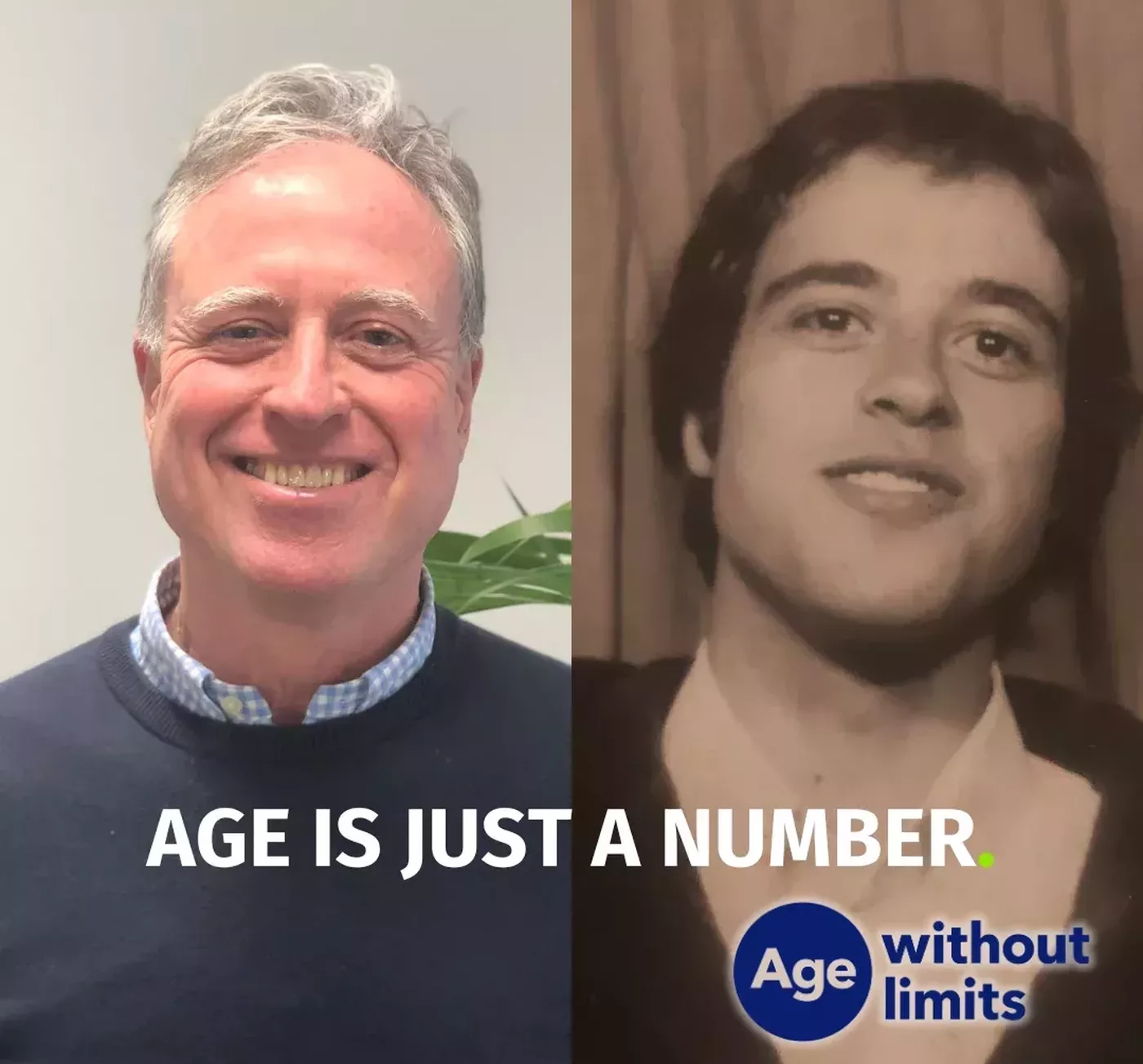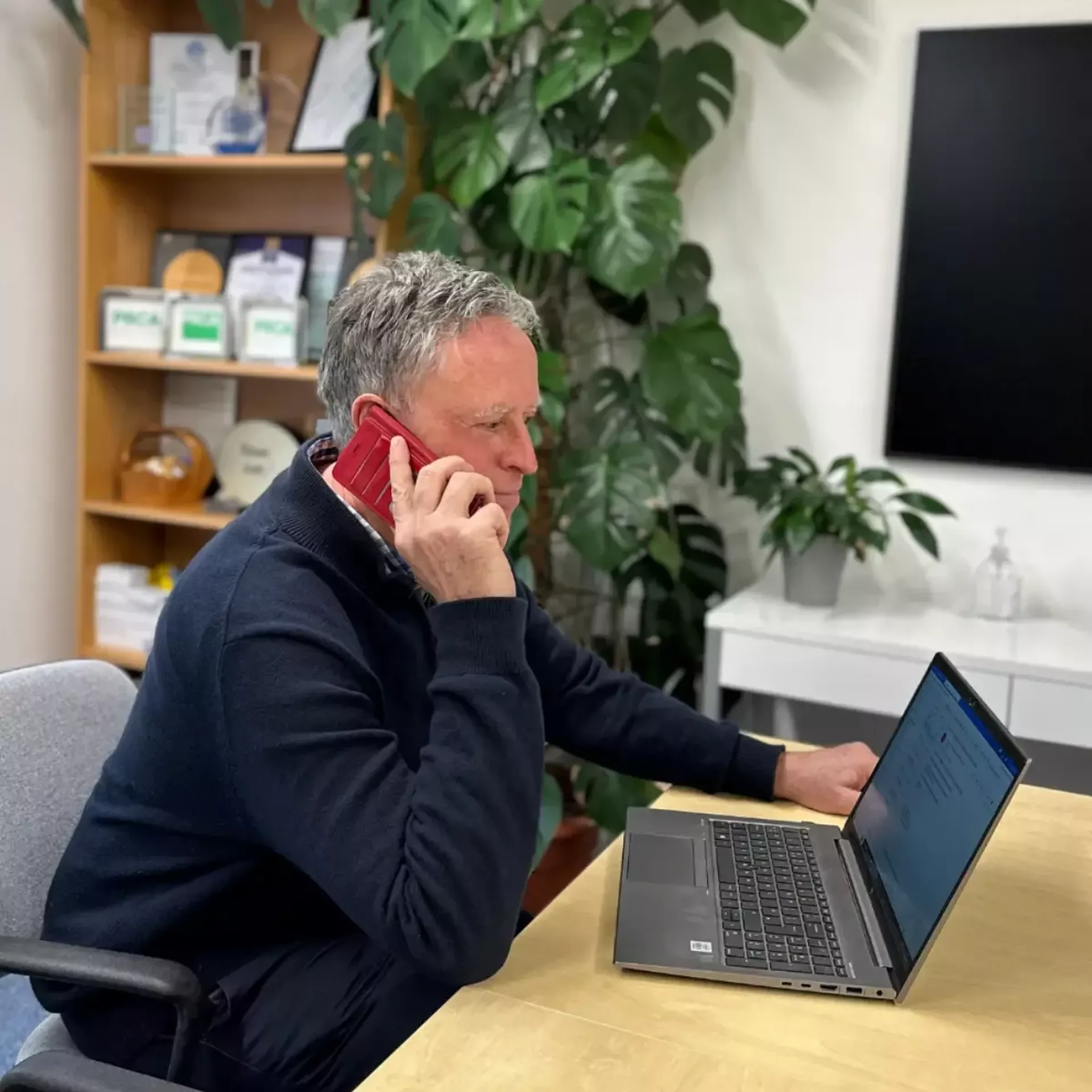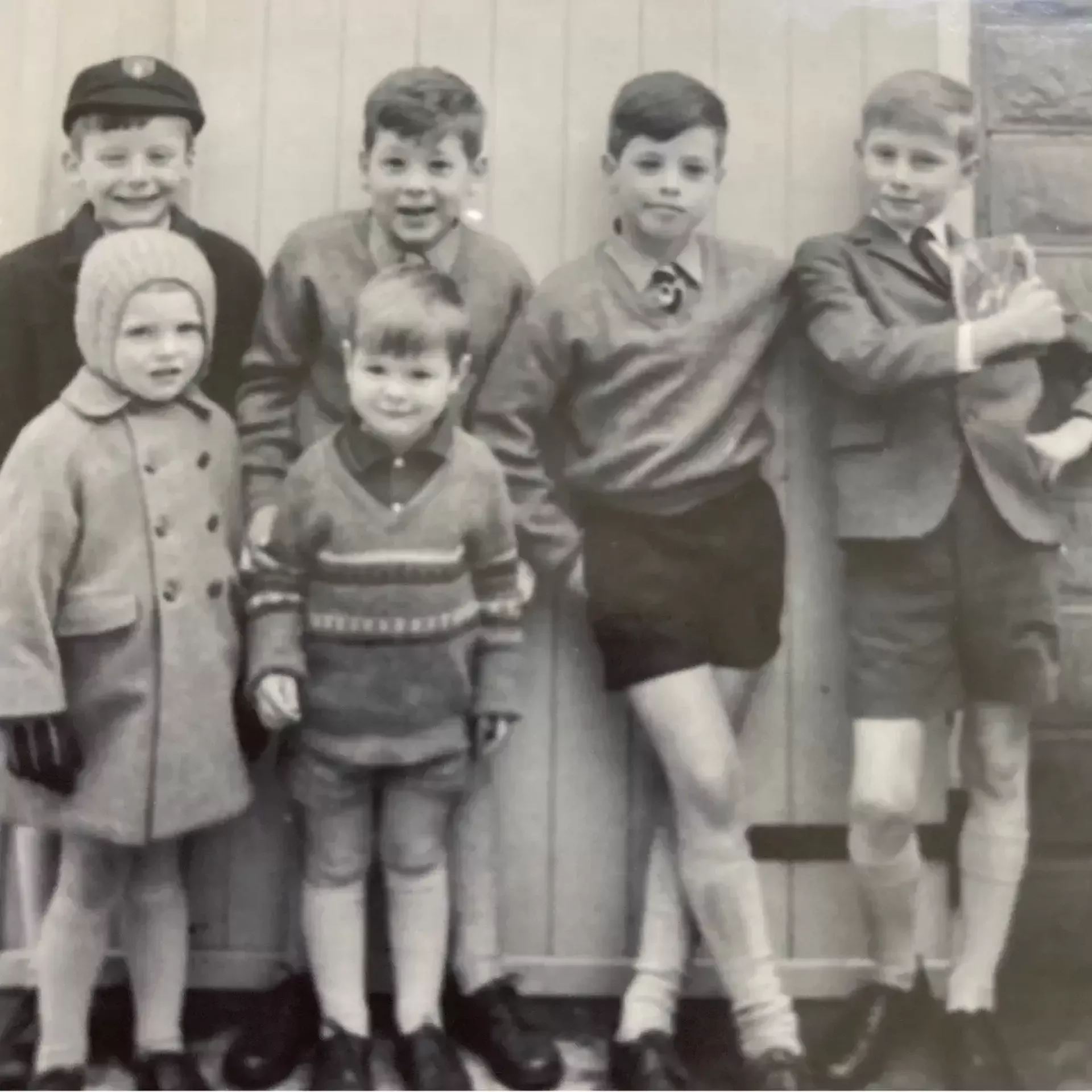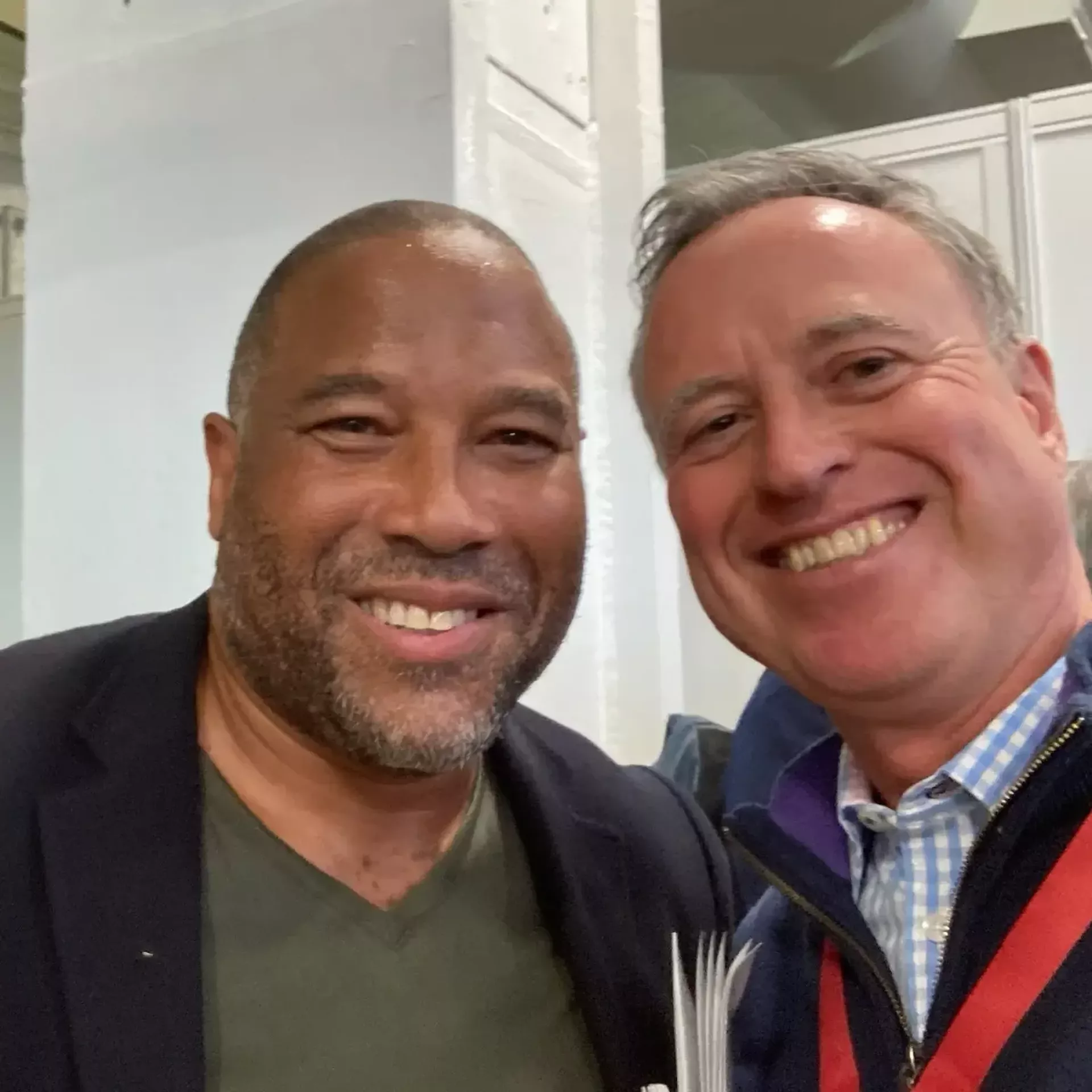Why age is just a number when it comes to PR
By: Andy Dunn
Like many workplaces across Britain, at LMC we are getting behind the Centre for Ageing Better’s Age Without Limits campaign. As part of this, we asked our media relations executive Andy Dunn to reflect on his first year working with our diverse team.

One year into my fledgling career as a PR media executive, I’ve been tasked with writing a blog about ageism.
Can’t think why I’ve been singled out, but I’m guessing it might be something to do with the fact that I can remember Voodoo Chile and the England World Cup Squad’s rendition of Back Home (three weeks at No.1 in 1970, to save you looking it up).
Here at LMC, we believe in inclusivity, and that applies to gender, race, and – the reason I’m writing now – age.
Twelve months ago, I shared on LinkedIn that a long and fascinating career as night editor of the Daily Mail was now in my rear-view mirror and pastures new lay ahead. I was working on my consultancy, writing (unpublished) novels and seeking new opportunities.
Step forward Liz Male, LMC’s founder and managing director, who invited me in for a day-long series of tests to see whether I could a) do the job and b) fit in with the rest of the team. I could and did.



So, what have I brought to the party over the preceding 12 months? Well, not my TikTok skills, that’s for sure.
1) Media knowledge. It turns out that this has been crucial in finding more opportunities for clients, boosting LMC’s existing contacts and has driven up our success rate in pitching stories to national and international broadcast and press.
2) Mentoring. The younger members of LMC tend to do a lot of their communications online so I’m teaching them the best way to interact with different journalists (Gen Z are allergic to phones, I think). The main thrust of the message has been as follows: Journalists are very, very busy and if they tell you they’re busy, don’t pester (but don’t give up). And they’re human. Talk to them like you would a person, look at the subjects they cover, and NEVER send generic pitches.
3) Experience. Cuts across the first point, but more generally as well. There are very few stories that I haven’t written, subbed, put a headline on and ‘pitched’ to the editor as worthy of a spot in the Daily Mail. You soon get found out if your judgment is not up to it. As I’m teaching my junior colleagues, the same applies to press releases. They have to be worth a place, or they’ll get binned along with the 500 others a journalist has received that day.
4) Writing ability. Crafting press releases, blogs, anything really might be second nature to me, but you have to be shown or how would you know? Start by putting the story in the first paragraph, was my first bit of advice to the younger team members. Then, imagine you’re telling the story to your pal. Thirdly, the ‘interesting test’. Simple one that: if you don’t find it interesting, why should anyone else?
5) Business relationships. Like it or not, there are not a lot of Gen Z decision makers in construction. I relate to older business executives because I am one.
It’s been a rollercoaster year in which I’ve learned so much about PR from younger colleagues, such as Hannah with her LinkedIn expertise, Simon with his superpowers in data mining and analysis, Alisha with TikTok, or Zoe and Nikki for those challenging e-books and thought leadership features.
Learning, learning and so much to come.
I took Dhiren, our PR apprentice, with me when I grabbed a coffee in London with the editors of Construction News and Construction Management, and he was buzzing afterwards.
“I’ve learned more about journalists in the last two hours than in any of my apprenticeship training,” he said.
That’s good enough for me.